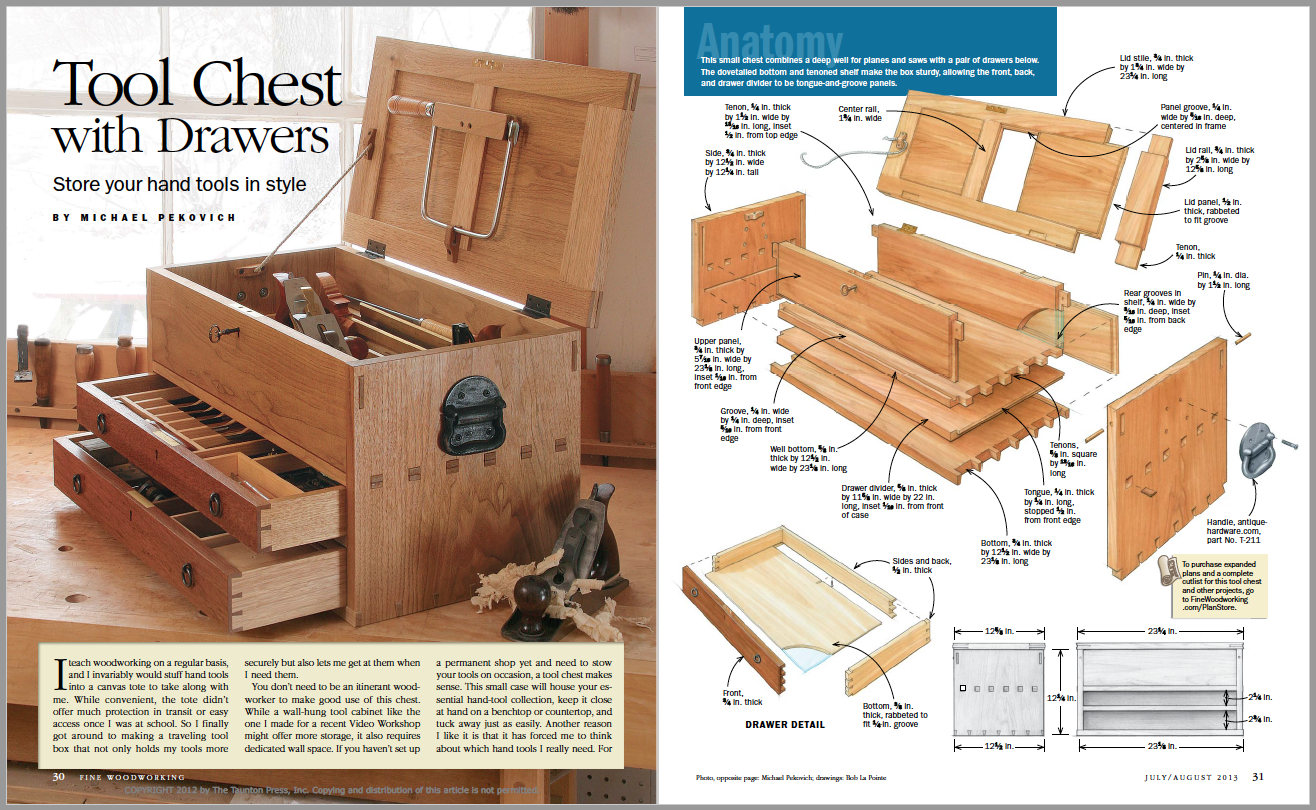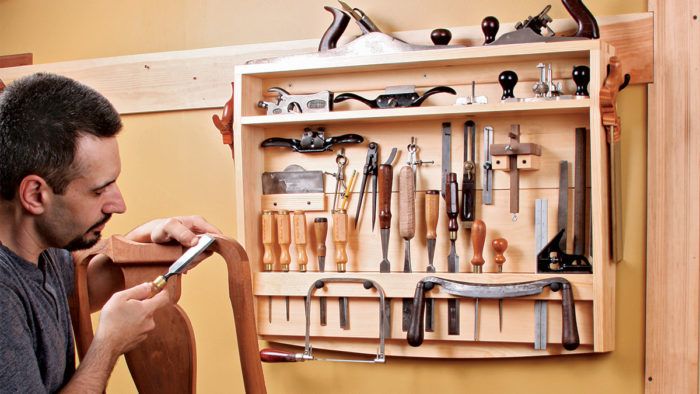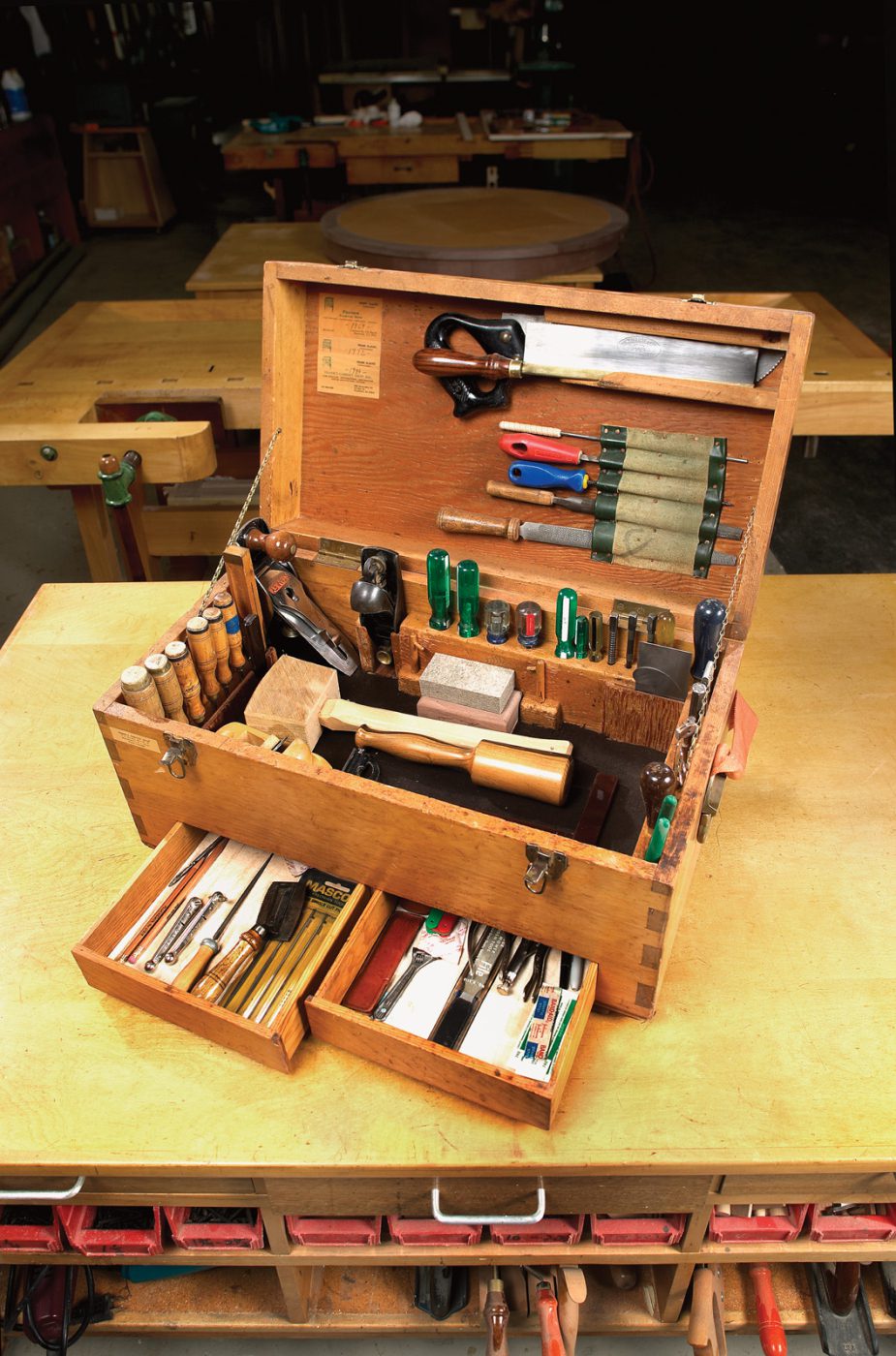Wood Toolbox Top is a reliable and practical tool for woodworking projects, offering a sturdy work surface and convenient storage options in one compact design. When it comes to woodworking, having a dependable and efficient workstation is essential.
The Wood Toolbox Top provides the ideal solution, combining a durable work surface with versatile storage compartments. With this innovative design, you can easily access and organize your tools, making your woodworking projects more streamlined and efficient. Whether you are a professional woodworker or a DIY enthusiast, the Wood Toolbox Top is a must-have addition to your workshop.
Selecting The Right Wood
Selecting the right wood is essential when it comes to building a high-quality wood toolbox top. The type and quality of wood you choose will determine the durability and aesthetics of your toolbox. In this section, we will explore different wood types and tips for ensuring the wood’s quality.
Wood Types
There are various wood types available in the market, each with its unique characteristics and suitability for different projects. Here are some popular wood types for toolbox tops:
| Wood Type | Characteristics |
|---|---|
| 1. Oak | Durable, heavy, and resistant to moisture and decay. Ideal for heavy-duty toolboxes. |
| 2. Pine | Lightweight, affordable, and easy to work with. Suitable for small to medium-sized toolboxes. |
| 3. Birch | Strong and stable with an attractive grain pattern. Great for both functional and aesthetic toolboxes. |
Remember, the choice of wood type should primarily depend on the intended use and personal preference. Consider the weight requirements, durability, and appearance to make an informed decision.
Wood Quality
The quality of wood plays a crucial role in the overall performance and longevity of your wood toolbox top. Here are some key factors to consider when assessing wood quality:
- Check for knots: Avoid wood with large knots as they can weaken the structural integrity of the toolbox.
- Inspect for warping: Warped wood can compromise the stability of the toolbox. Ensure the wood is straight and free from any noticeable bends.
- Examine moisture content: Moisture content affects the stability of the wood. Aim for wood with a moisture content between 6% and 8% for optimal results.
- Assess grain pattern: Straight and consistent grain patterns are desirable for a sleek finish.
- Feel the density: Wood with a higher density tends to be stronger and more resistant to wear and tear.
By paying attention to these wood quality aspects, you can make sure your toolbox top is made from sturdy and reliable material.
Essential Woodworking Tools
When it comes to woodworking, having the right tools is essential for precision, efficiency, and achieving professional results. Whether you’re a beginner or an experienced woodworker, having a well-equipped toolbox is crucial. In this article, we will explore some of the essential woodworking tools that every craftsman should have in their arsenal. Let’s dive in!
Measuring And Marking Tools
Accurate measurements and precise markings are the foundation of any woodworking project. Without the proper measuring and marking tools, it can be challenging to achieve the desired finish. Let’s take a look at some essential measuring and marking tools:
- Tape Measure: A reliable and durable tape measure is a must-have for any woodworker. It allows you to take accurate measurements for length, width, and depth.
- Combination Square: This versatile tool is used for measuring and marking right angles and transferring measurements accurately. It consists of a ruler and a head that can slide along the ruler.
- Marking Gauge: A marking gauge is used to mark straight lines parallel to the edge of your material. It helps ensure precise and consistent markings for accurate cuts.
- Marking Knife: A marking knife is used to create accurate and clean lines for joinery and other woodworking tasks. It allows for more precision compared to pencils or markers.
Cutting And Shaping Tools
When it comes to cutting and shaping wood, having the right tools can make all the difference. These tools allow you to shape, trim, and cut wood with precision and ease. Let’s explore some essential cutting and shaping tools:
- Hand Saw: A hand saw is a versatile tool that can be used for crosscuts, rip cuts, and precision joinery. It’s ideal for cutting small to medium-sized pieces of wood.
- Circular Saw: This power tool is perfect for making straight cuts quickly and accurately. With the right blade, a circular saw can cut through different thicknesses of wood.
- Chisels: Chisels are essential for shaping and removing wood material. They come in various sizes and types, such as bench chisels and mortise chisels.
- Router: A router is a versatile tool that allows you to shape and create decorative edges on wood. It can also be used for joinery and cutting precise dadoes or grooves.
Joinery Tools
Joinery is a fundamental aspect of woodworking, and having the right tools can make a significant difference in the strength and quality of your joints. Here are some essential joinery tools:
| Tool | Description |
|---|---|
| Woodworking Clamps | Clamps are essential for holding pieces of wood together during glue-ups and assembly. They ensure that your joints stay in place until the glue dries. |
| Chisels and Mallet | Chisels and a mallet are crucial for creating clean and precise mortise and tenon joints. They allow you to remove material and achieve a tight fit. |
| Dovetail Saw | A dovetail saw is specifically designed for creating dovetail joints. It has a thin blade that allows for accurate and clean cuts in tight spaces. |
Having the right woodworking tools in your toolbox can greatly enhance your woodworking experience and help you create beautiful and functional pieces. By investing in essential measuring and marking tools, cutting and shaping tools, and joinery tools, you’ll be well-equipped to tackle a wide range of woodworking projects with confidence and precision.
Safety Measures
Keep your wood toolbox top safe with these essential safety measures. Prioritize proper tool organization and secure storage to prevent accidents and injury. Plus, regular maintenance and inspection will help ensure a safe and reliable work environment.
Safety is paramount when working with tools, and it’s essential to take the necessary precautions to ensure a secure work environment. Here are some safety measures to keep in mind to protect yourself and others while using the Wood Toolbox Top.
Protective Gear
Wearing protective gear is crucial to safeguarding yourself while working with tools. Ensure you have the appropriate eye protection, gloves, and ear defenders to shield yourself from potential hazards. Proper attire, including non-slip footwear and fitted clothing, will also prevent accidents.
Tool Maintenance
Regular tool maintenance is essential for ensuring safety while using the Wood Toolbox Top. Keep all tools clean, sharp, and in good working condition. Perform routine checks to ensure that there are no loose parts or damaged handles that could cause accidents.
Remember to inspect the Wood Toolbox Top before each use:
- Inspect for any cracks or worn-out components
- Tighten any loose screws or bolts
- Ensure that the locking mechanisms are functioning properly
Clean and Lubricate:
- Clean tools after usage to remove any debris or dust
- Regularly lubricate moving parts to maintain smooth functionality
By adhering to these safety measures, you can ensure a secure and protected experience while utilizing the Wood Toolbox Top.

Credit: www.finewoodworking.com
Setting Up Your Workspace
Setting up your workspace for your wood toolbox top project is crucial for efficiency. A well-organized environment enhances focus and productivity.
Organizing Tools
- Keep all tools within arm’s reach to avoid time wastage.
- Separate hand tools from power tools for easy access.
- Label storage containers to quickly locate specific tools.
Workbench Setup
Creating an optimal workbench setup is the foundation for a successful project.
- Ensure your workbench is sturdy and level to prevent accidents.
- Place a non-slip mat underneath to secure the wood and tools.
- Position the workbench in a well-lit area to minimize errors.
By implementing these strategies, you can maximize efficiency and precision in your woodworking tasks.
Wood Finishing Techniques
When working on your wood toolbox top, mastering Wood Finishing Techniques is essential for a polished look. The way you finish your wood can make a significant difference in the overall appearance and durability of your project.
Surface Preparation
To achieve a smooth finish, start by meticulously sanding the wood using progressively finer grits.
Applying Finishes
- Choose a suitable finish like varnish, stain, or wax based on the desired look and function.
- Apply the chosen finish evenly using a brush or cloth, following the manufacturer’s instructions.
- Allow the finish to dry completely between coats for a professional result.

Credit: www.pinterest.com

Credit: www.finewoodworking.com
Frequently Asked Questions On Wood Toolbox Top
What Is The Best Material For A Toolbox?
The best material for a toolbox is typically steel or aluminum due to their durability and strength. These materials help protect tools from damage and provide a sturdy storage solution.
What Are The Advantages Of A Wooden Tool Box?
Wooden tool boxes offer several advantages. They are durable, sturdy, and provide excellent protection for your tools. They have a classic and timeless appeal and can be customized as per your preferences. Additionally, wooden tool boxes are environmentally friendly and more affordable compared to other materials.
What Is The Best Quality Toolbox?
The best quality toolbox should be durable, versatile, and made of high-grade materials for long-term use. Look for a toolbox with secure locking mechanisms and ample storage space for your tools. Consider reputable brands and read customer reviews for reliable options.
What Are The Benefits Of Using A Wood Toolbox?
A wood toolbox offers durability, aesthetic appeal, and versatility. It provides a natural feel and is customizable for various uses.
Conclusion
A wood toolbox top is a versatile and practical addition to any workspace. With its durable and natural appeal, it offers a timeless option for organizing tools and supplies. Whether you’re a DIY enthusiast or a professional craftsman, a wood toolbox top is a valuable investment that combines functionality with aesthetic appeal. functionality with aesthetic appeal


